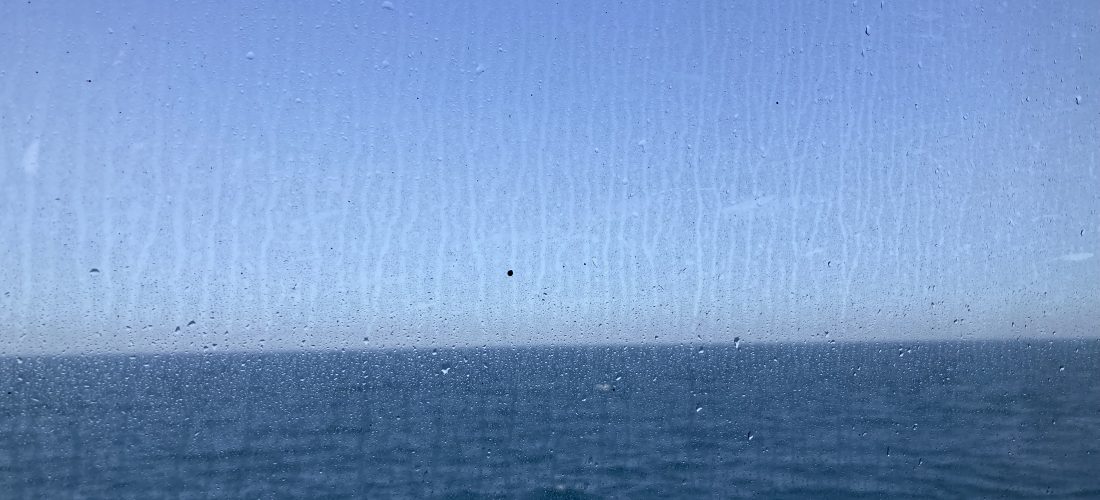After reading my thoughts about surface travel, a few people have asked about the sail-rail trip to London from Dublin. Here are some very practical notes from my experience for people who are thinking of giving it a go. I tend to travel on my own, so the notes reflect that.
In it I cover:
- Booking
- Getting to Dublin Port
- On the ferry
- On the train
- Doing things and paying for things
- Eating and drinking
- When things go wrong (and they do)
- Getting away from Dublin Port
.
